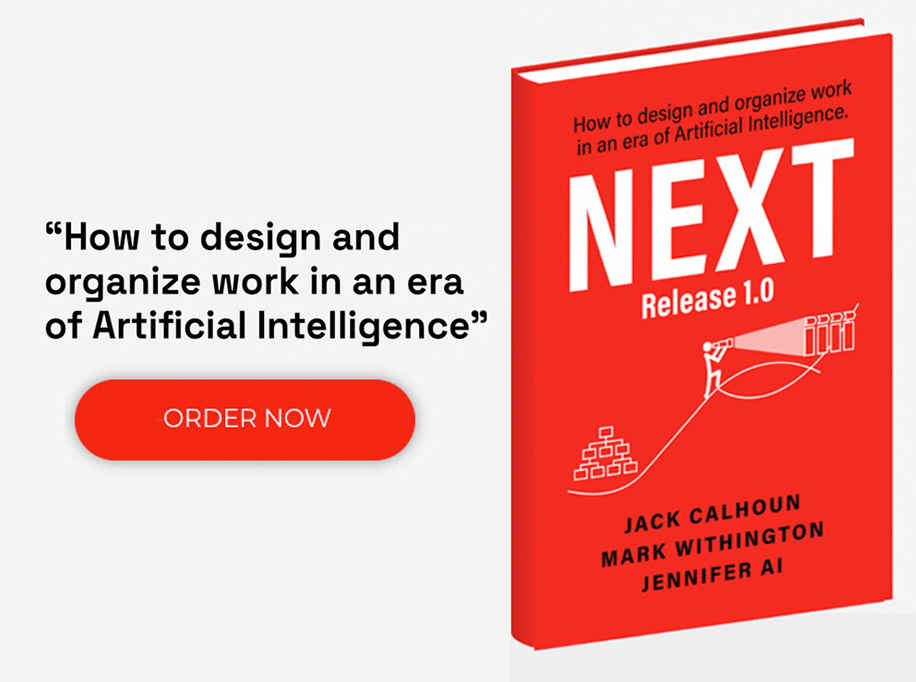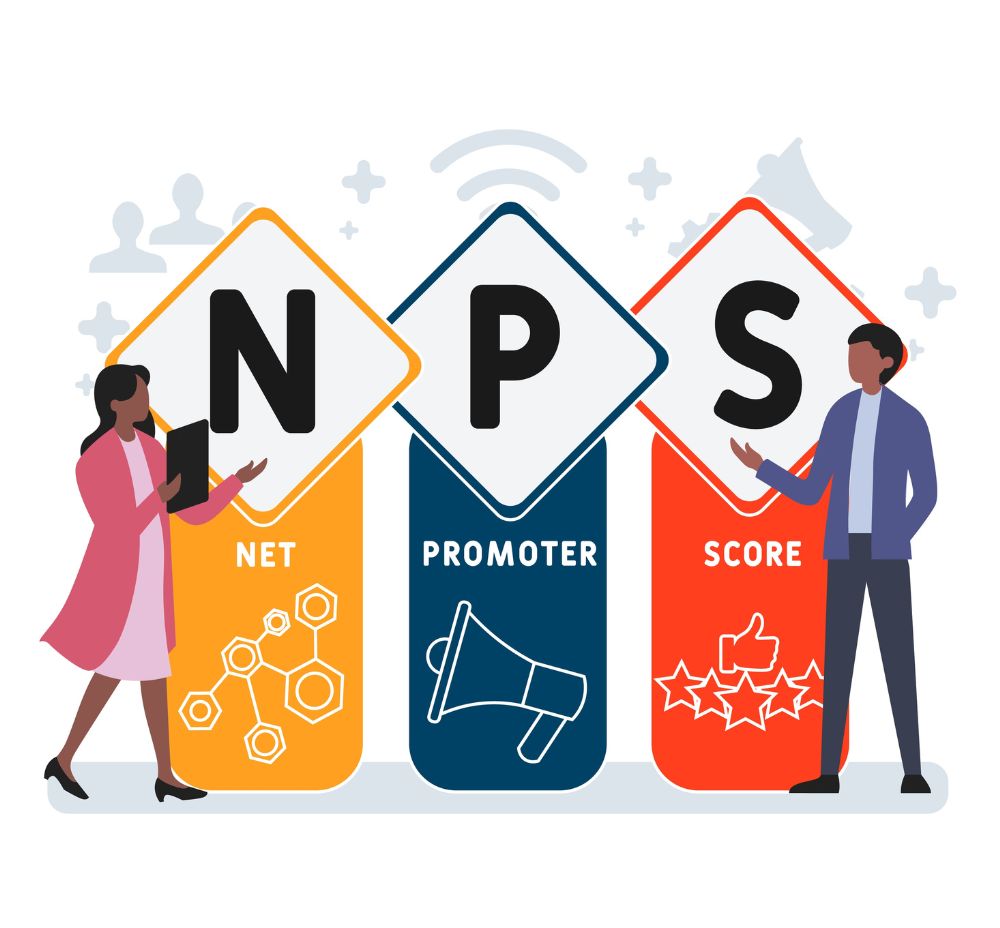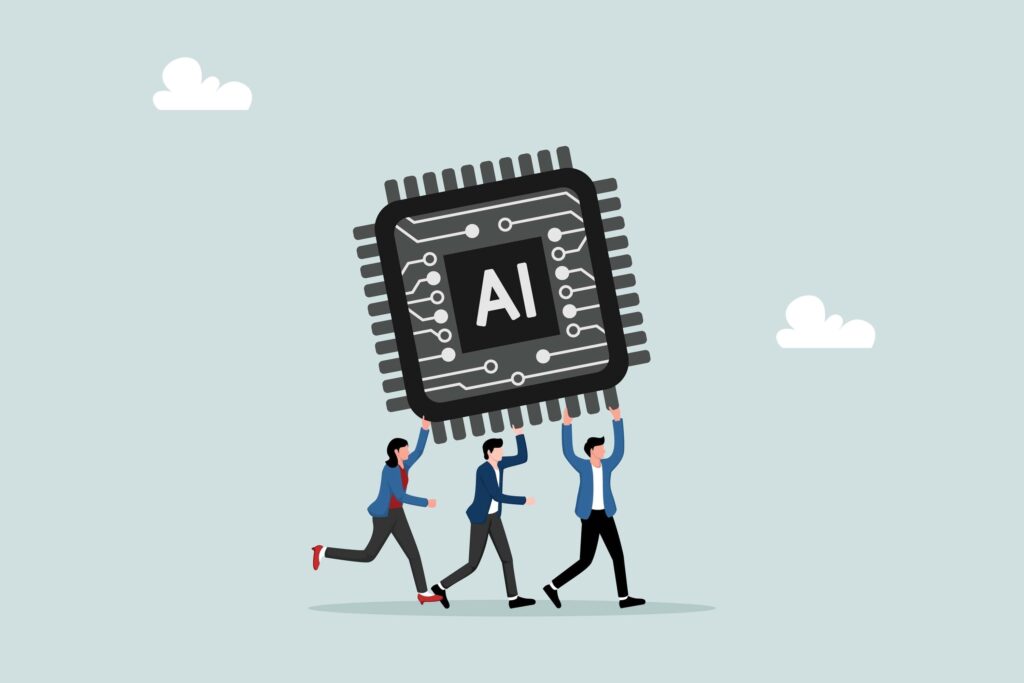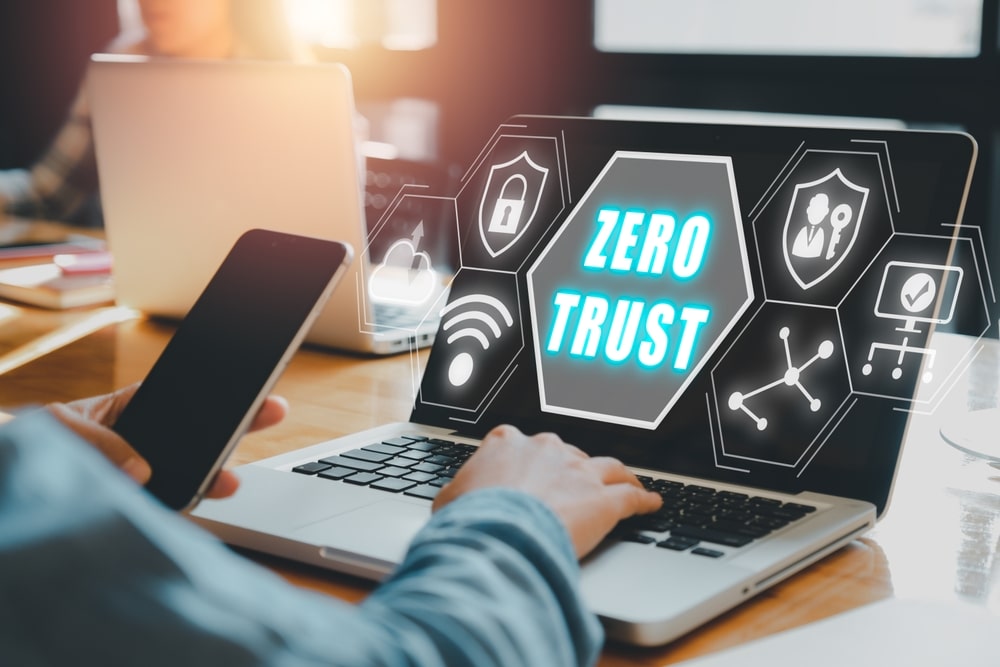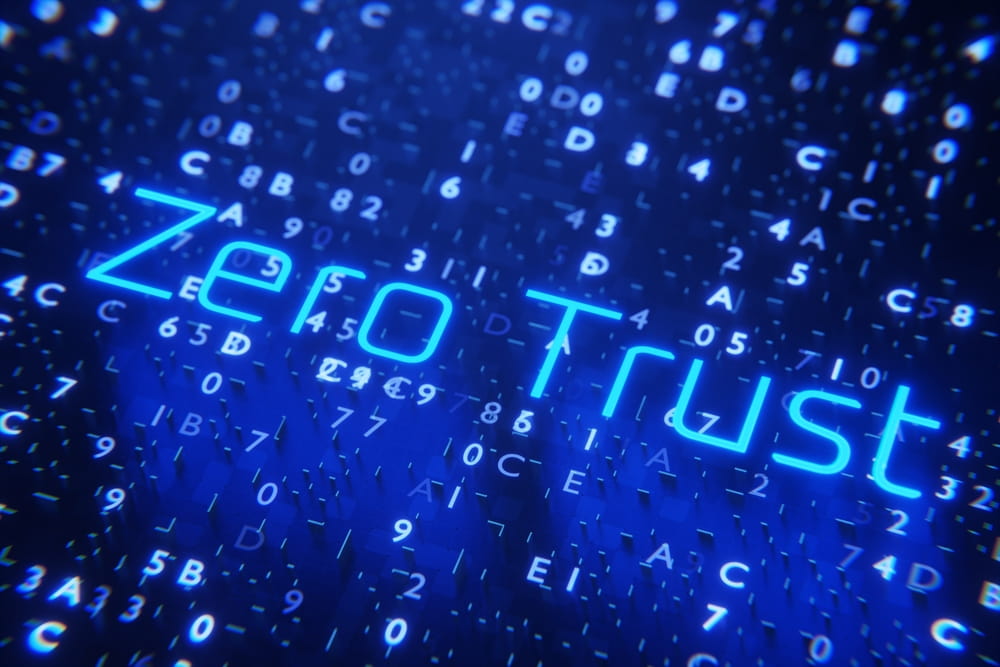One of the critical factors in your business transformation success is whether your people can unlock the potential allowed by your business processes and your technology. Regardless of industry, even the most advanced technologies and efficient processes fail to deliver value if they rely on employees that don’t know how to leverage them appropriately. The solution to this problem lies at the intersection of corporate strategy and traditional learning and development (L&D) practices – this is what we callStrategic Learning & Development.
What is Strategic Learning and Development?
Strategic Learning and Development is an organization’s ability to identify, prioritize, build, and manage the necessary skills to deliver on their strategic vision. Most organizations have lofty goals of where they want to be in 3-5 years, yet executives tend to focus primarily on the technologies and processes that enable these goals. Strategic Learning and Development augments the conversation by asking, “What skills and competencies do our workforce need to build for us to achieve our goals?”.
What do Learning Management Systems (LMS), instructor-led training (ILTs), coaching, and employee onboarding all have in common? They can each have a profound impact on the skills of your workforce. They also, individually, are not enough to effectively equip employees with the skills needed to deliver business value. As one example, an ILT is an excellent tool for conveying large amounts of information that an employee needs to accomplish a given task. Still, ILTs by themselves don’t necessarily result in a change in workforce behavior. However, when thoughtfully arranged as parts of a more extensive business capability, traditional L&D tools like the ones listed above can deliver value for an organization by solving problems before they happen.
The Impact of Strategic Learning and Development on Business Transformation
Transformation projects take more work to deliver. These initiatives can fail to deliver on the business case, budget, and schedule for a number of reasons ranging from stakeholder engagement to change management and adoption. However, thinking about L&D from a strategic perspective can help overcome some training and development challenges in an organization commonly associated with business transformation. Investing in a Strategic Learning and Development capability can help:
- Drive higher user adoption. Whether it is a new technology in learning and development or a new business process, one of the most significant risks to a successful rollout is end-user adoption. Traditional change management practices ensure users are trained on the latest technologies and processes but often fail to engage early enough with appropriate context to drive the necessary cultural change. Using the SL&D capability can mitigate this risk by ensuring that would-be knowledge gaps are closed before go-live and helps your workforce understand the broader impact of the change.
- Increase workforce adaptability to a changing business landscape. Given that change doesn’t happen in a vacuum, it is unlikely that the landscape around your business when you start a transformation will be the same as when you reach your future-state business model. The strategy part of Strategic Learning and Development helps maintain alignment with business objectives while also promoting the flexibility required to ensure your workforce is growing in the correct direction for the business. This allows your business to maintain a competitive edge as your priorities continue to shift.
- Surface important strategic feedback. A true Strategic L&D capability can have many benefits for an organization, but by far, one of the most valuable is that it can function as a source of critical feedback. Analyzing the relationship between specific knowledge and skills; and business outcomes can uncover things like issues with service delivery, a change in customer demand, or the emergence of a market disruption.
Learning and Development is an often misunderstood and underutilized tool by many executives to help grow their people and increase their competitive edge in the marketplace. Strategic L&D helps executives realize the real power of their workforce by aligning their investment with the outcomes they need to realize their goals and objectives. But how does Strategic L&D differ from traditional L&D or change management?
Our free ebook, “How to Do Strategic Learning and Development,” breaks down the difference between the two and provides a simple to follow plan that any organization can use to build out its Strategic Learning and Development capability. Organizations can also partner with Accelare and receive expert guidance on their Strategic L&D. Please reach out to Accelare with any questions about Strategic L&D and digital transformation.

